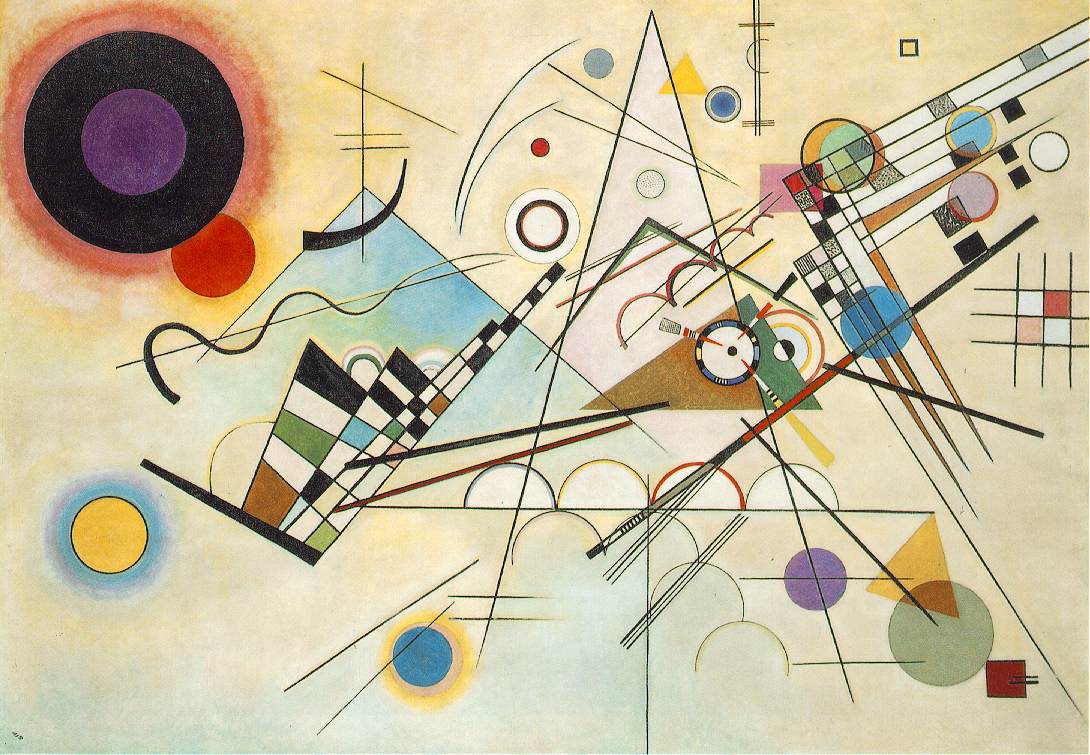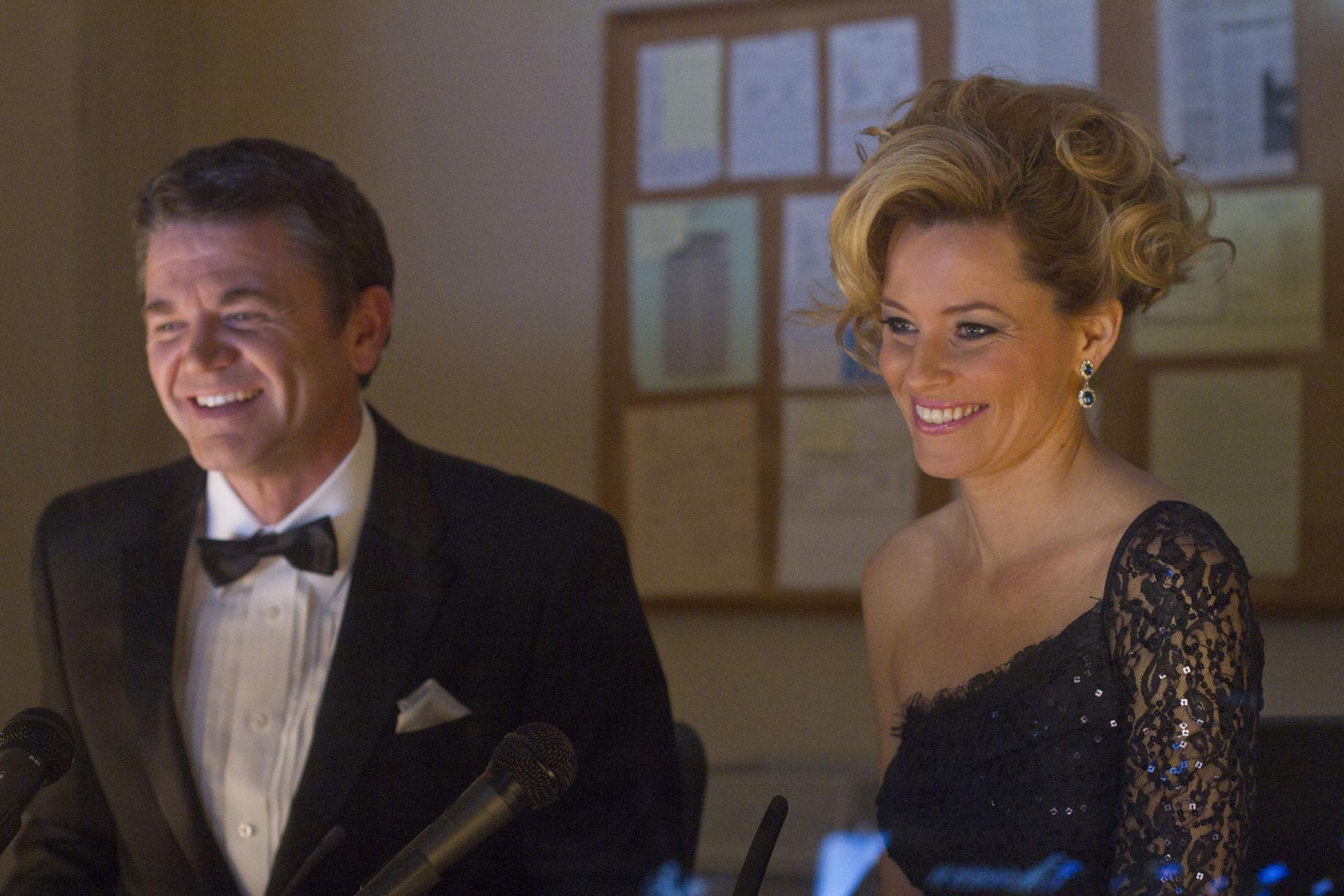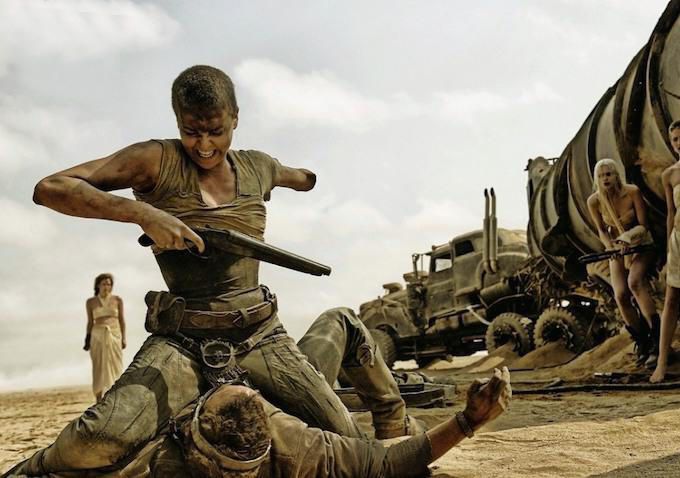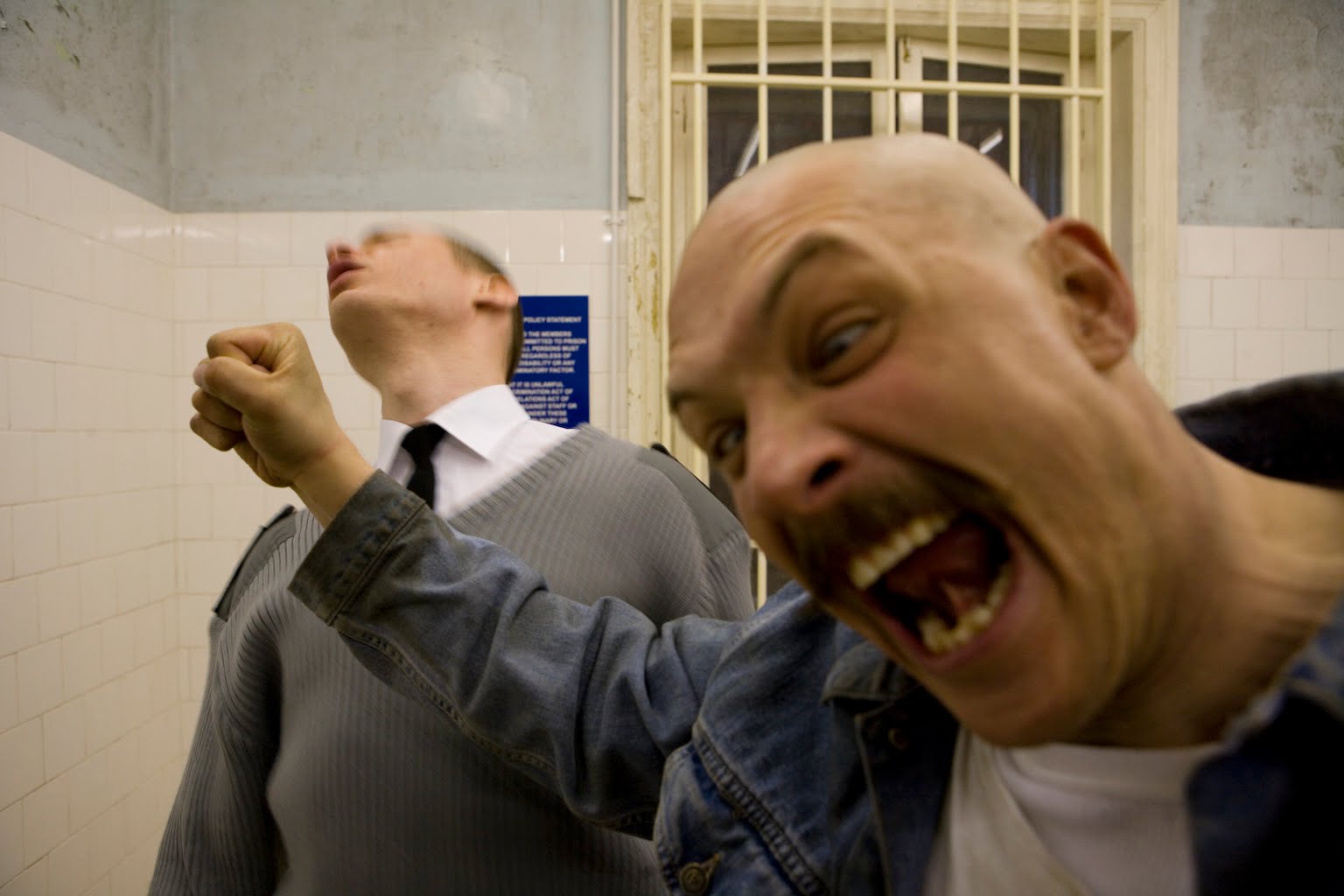 |
| The Rock goes spelunking in "San Andreas." |
I should have kept count of the number of cackles emitted from the audience at the ridiculous stupidity that is “San Andreas.” The dialogue is perfectly trite and littered with clichés (tops among them an obligatory “get the hell out of there!” screech courtesy Academy Award nominee Paul Giamatti); the characters are forgettable; the CGI is unconvincing and very much overused; the 3D conversion is a waste of resources; and the less said about the quality of the performances the better.
And yet, in a weird way, all of those problems blend together to create a pretty enjoyable viewing experience with the right audience. “San Andreas” is undoubtedly a bad film, but it's terribleness comes full circle to make it kind of a good-adjacent movie for one major reason; nobody is taking the on-screen destruction too seriously.
In “San Andreas,” action hero template Dwayne “The Rock” Johnson plays a Los Angeles-based rescue helicopter pilot in the midst of a divorce from his wife (Carla Gugino). Gugino and the couple's daughter, Blake (Alexandra Daddario), have unexpectedly moved in with new beau Daniel Riddick (Ioan Gruffudd), a wealthy architect with a private plane, fancy suits and a chauffeur to boot. Gruffudd, who at least seems somewhat interested in not sucking as a possible step parent, brings Daddario to his firm in San Francisco, where she meets aspiring architect/Hugh Grant impersonator Ben (Hugo Johnstone-Burt) and his moppet-ish little brother Ollie (Art Parkinson).
 |
| This kid's got the moppet market cornered for at least two more years. |
Amid the relationship drama is research from professional sciencetician Lawrence (Giamatti), who predicts a massive earthquake along the titular fault line that would decimate just about everything along the 810-mile fault line (kudos to sanandreasfault.org for that tidbit), including Los Angeles and San Francisco. As Giamatti and reporter Serena (Archie Punjabi) try to warn California about the impending disaster, it's up to The Rock to save his ex-wife in Los Angeles and his daughter in San Francisco amid earthquake-related shenanigans and some acts of nozzlery involving certain and obvious characters of note.
The plot is exactly as dumb as it sounds and becomes immediately ludicrous once you put any thought into its machinations and repeated criminal acts by the heroic characters. And there's nothing overly clever about “San Andreas” that separates it from other disaster fodder like “The Day After Tomorrow,” “2012,” “Dante's Peak” and “Volcano” released in the last two decades or so either. Like the aforementioned forefathers, the film follows a pretty simple formula in which the disaster is set up with disregarded warnings, thousands of civilians are smooshed, smashed, drowned, impaled and otherwise maimed, and villains are established quickly to be dispatched in a rather satisfying fashion. If you've seen one film featuring a building, ship, city or civilization falling apart due to uncontrollable forces, you've pretty much seen them all.
Everything appears the same, but “San Andreas” isn’t without its little charms, certainly enough to stand out in a genre bloated by mediocrity and Roland Emmerichs. This film has an underlying current of playfulness reinforcing how much fun a disaster flick can be, as director Brad Peyton and screenwriter Carlton Cruse mess around with the audience from the get-go via a somewhat intense prelude to a character-establishing calamity, teasing the audience with a couple of pump fakes to set up the open shot. It's a neat little trick and sets the tone for a movie that just embraces the genre's utter silliness and forces audience members to embrace the ongoing guilty pleasure. “San Andreas” also lacks the self-importance of other disaster films; it never tries to be as didactic as “The Day After Tomorrow,” it avoids the cruelty of the abhorrent “2012,” and it definitely drops the self-seriousness that made “Volcano” unwatchable.
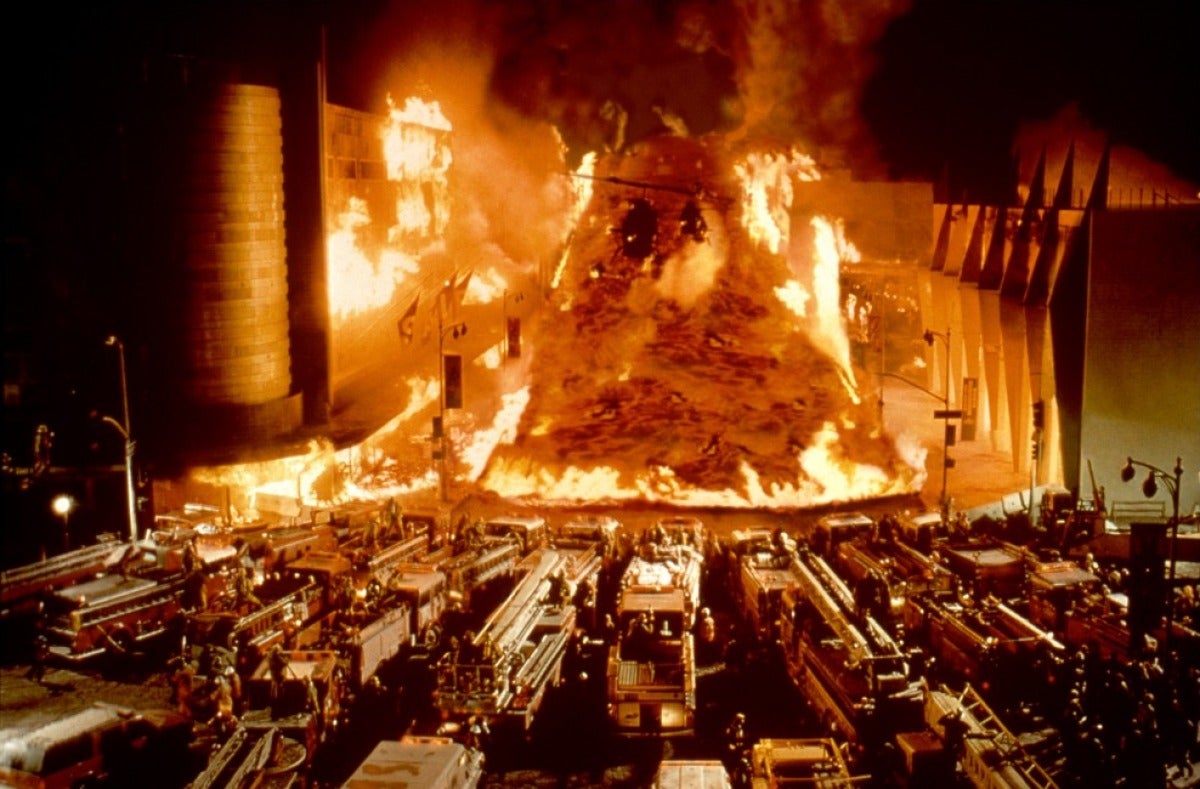 |
| This is from 'Volcano.' Here's a link to a compendium of awful, awful moments from that film. |
Even though the performances don’t ascend to anything resembling quality, they do buttress “San Andreas” inherent goofiness, with Gruffudd seemingly reveling in his role as the jerk who receives his inevitable comeuppance and Giamatti consuming the scenery as if he were a stoned elephant. The wee Brit Parkinson also gets a few moments to drop some witty-adjacent lines that keep the tone light and breezy.
If anyone carries “San Andreas,” it's Johnson, whose preternatural charm and bulk pretty much fleshes out a cardboard cutout of a character. It’s become a bit of a habit for the former wrestling star turned action star; give just enough to work from and he’ll turn in the proverbial winning performance guaranteed.
He also wins at "Saturday Night Live" hosting.
“San Andreas” suffers a bit from bad timing, having come out within months of more interesting action flicks — it doesn’t have the balls-out insanity captured by “Furious 7” and certainly isn’t capable of achieving the thorough brilliance of “Mad Max: Fury Road.” But “San Andreas” still succeeds as a popcorn flick and it's far more enjoyable than it ought to be; you won't be blown away, but you'll walk out of the theater with a slight, perplexed smile.
Review: Three and a half out of Five Stars
Click here to see the trailer.
Rating: PG-13
Run time: 114 minutes
Genre: Action
Ask Away
Target audience: Disaster-film connoisseurs and Rock-philes.
Target audience: Disaster-film connoisseurs and Rock-philes.
Take the whole family?: There are enough body crushings to scare the heck out of a 6-year-old, but it's cartoonish enough to remain OK for anyone older than that.
Theater or Netflix?: I'd go with the home screening, but a matinee sans 3D is perfectly acceptable.
Is it a feminist triumph?: “San Andreas” doesn't carry the wonderful gender politics of “Fury Road,” nor does it even pass the Bechdel test like “Furious 7,” but it does have Alexandra Daddario's character does take control of a small group amid the chaos. Sure, she does it so her father can rescue her, but the film does get half credit for letting her use her smarts to get saved later.
Watch this as well?: Go old school with flicks like “The Poseidon Adventure” (circa 1972) and “Earthquake” to see how disaster films used to be done, and maybe “Dante's Peak” for the camp factor. For people who want to see the Rock in action, please revisit entries five, six and seven in the “Furious” series.


